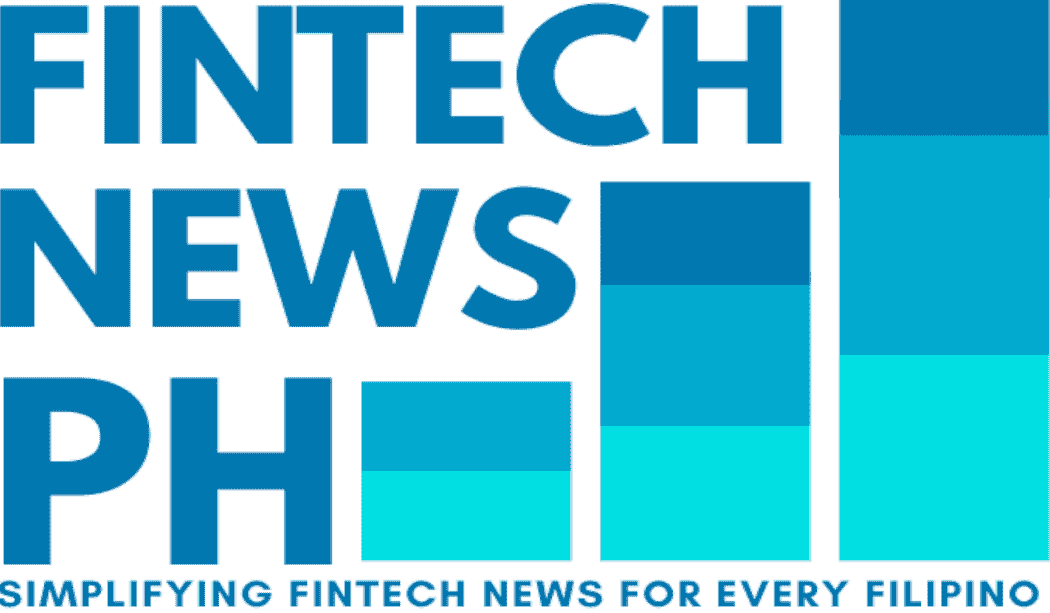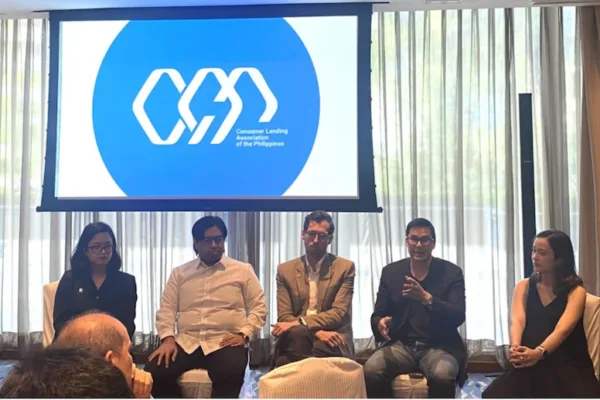Special report by JM Santos, Correspondent
The Philippines’ vibrant and rapidly evolving financial system continues to navigate challenges related to adoption and adapting to the flow of a new digital economy. The remarkable success of e-wallet systems like GCash and Maya, along with SeaBank, QR pay systems, GoTyme, and other new digital e-wallet systems, has ushered in a significant change and surge in digital financial service adoption, contributing to the development of the fintech ecosystem.
As of 2024, almost 80% of Filipino adults now have some form of access to digital financial services, a feat largely attributable to the country’s high mobile penetration rates and proactive government support within the fintech system. This digital revolution has demonstrated a significant evolution in the livelihood of Filipinos and their everyday transactions, providing convenience and accessibility services that were once unimaginable.
However, the central question and concern for some Filipinos remain whether these e-wallet services are truly inclusive. Beneath this seemingly triumphant narrative of fintech success lies a more intricate reality. While these new services offer comfort and convenience, e-wallet sstems have undoubtedly broadened financial and economic access for a significant portion of the population.
Yet, as the fintech journey strives towards genuine and comprehensive financial inclusion in the Philippines, various programs and initiatives have faced detours and repeated redirections.
The rise of e-wallet systems: A positive outlook

The proliferation and existence of e-wallet systems, while a crucial first step, have unveiled a complex web of persistent, dedicated, and deeply rooted challenges that demand attention and concerted efforts.
These dilemmas, revolving around the digital divide, the chronic lack of financing options for various MSMEs, inadequate levels of and the need for improvement in financial literacy, and limited access to diverse investment platforms within the fintech system, adequately represent the real pain points and challenges that need to be addressed as the Philippines moves forward with its financial revolution and strives to achieve its visionary potential for an inclusive and transformative fintech system.
The emergence and widespread adoption of e-wallet systems in the Philippines mark a pivotal era in the nation’s financial history. As a developing country that craves development and innovation, various e-wallet platforms like GCash and Maya have revolutionized how Filipinos manage their finances, offering a seamless and often more affordable alternative to traditional cash-based transactions.
These options provide ease and reliability in spending money, paying bills, and even making purchases through a mobile phone or any technological device, which aligns with the increasing global population characterized by high mobile usage.
Through the regulatory and supportive mechanisms initiated by the central bank of the Philippines, the majority of Filipinos now have access to digital financial services, underscoring the profound effects on expanding the reach of financial tools and services and making a positive impact on the financial landscape.
Backbone and shadow of the digital divide: Not universal access

Despite the positive impact on the fintech system and the notable advantages of e-wallet usage, it is very important to acknowledge that this adoption is not universal.
Just like some basic services in various sectors such as education, healthcare, and employment that should be universally accessible, the e-wallet system, while often presented in a positive light, has an underlying reality where high adoption rates are still questionable in various regions and areas of the country.
Much of this growth is heavily concentrated in urban and semi-urban areas.
In reality, Filipinos residing in rural areas often face a different scenario when it comes to e-wallet system adoption. These areas typically grapple with inconsistent or non-existent internet connectivity and limited access to smartphones and technological devices, highlighting a significant barrier to participation in the digital financial ecosystem.
While the Bangko Sentral ng Pilipinas (BSP) recently announced and recognized this challenge and launched a mobile application that aims to improve financial access, significant hurdles remain.
Consequently, a substantial portion of the Filipino population, particularly those in far-flung provinces with limited resources, continues to rely heavily on traditional cash-based transactions (instead of e-wallet platforms), highlighting a fundamental disparity in access and underscoring the digital divide.
Calling for the urgent need for MSME financing

Micro, small, and medium enterprises (MSMEs) form the very bedrock of the Philippine economy. Representing more than 99% of all businesses in the country and employing a significant portion of the national workforce, their growth and prosperity are intrinsically linked to the overall economic well-being of the nation.
However, despite their crucial role, MSMEs in the Philippines consistently face a significant obstacle: a profound lack of access to adequate financing.
Traditional financial institutions, such as banks, often perceive MSMEs as high-risk borrowers, citing their lack of extensive credit history or readily available collateral as primary concerns. This reluctance to lend to MSMEs severely hinders their ability to invest in growth, expand their operations, and contribute more fully to the economy.
Fintech holds immense potential to disrupt this landscape by leveraging alternative credit scoring models that go beyond traditional metrics. By analyzing digital behavior and transaction data, fintech platforms could potentially offer more accurate and inclusive assessments of creditworthiness.
Beyond the basics: The undiscovered potential of investment platforms

The success of e-wallet platforms in streamlining saving and spending habits is undeniable. Filipinos now have easier and more convenient ways to manage their daily finances.
However, the investment options currently available through these platforms are often limited and simplistic, catering primarily to basic savings rather than offering avenues for wealth accumulation and financial growth.
A growing segment of the Philippine population, particularly the expanding middle class and the burgeoning gig economy workforce, is expressing a clear demand for more sophisticated investment platforms.
These individuals are seeking opportunities to diversify their financial portfolios and access a wider range of investment instruments. Platforms that offer access to diversified portfolios, government and corporate bonds, mutual funds, and even ESG (Environmental, Social, and Governance) investing are either scarce or not widely understood by the general public.
The recent rise of digital banks like SeaBank, which has joined the MariBank Group, offers a glimmer of hope in this area. These digitally native financial institutions have the potential to integrate more advanced investment features directly into their platforms, offering users a more comprehensive suite of financial services.
However, to achieve widespread adoption and effectively cater to the needs of the broader population, these investment products must undergo a process of simplification, localization, and demystification. Financial education initiatives are equally crucial in this context. Partnering with educational institutions, universities, and community centers to provide accessible financial literacy programs can help break down the perceived barriers to investment and empower more Filipinos to participate in wealth-building opportunities.
The indispensable investment and foundation: The role of financial literacy

Amidst the excitement surrounding technological advancements in fintech, one of the most critical yet often overlooked aspects is the fundamental role of financial literacy.
The mere availability of innovative digital financial tools does not automatically translate into their effective and responsible utilization. A significant portion of the Filipino population still lacks the foundational knowledge required for proper budgeting, wise investment strategies, and the responsible use of credit.
In this context, financial literacy transcends being a mere desirable skill; it is an indispensable pillar upon which the long-term success and inclusivity of the fintech revolution must be built.
Ensuring that users possess a solid understanding of the benefits and inherent risks associated with various financial products and services is paramount for empowering them to make informed and sound financial decisions.
While some fintech platforms, such as GCash, have taken initial steps towards educating their users, these efforts are often scattered, rudimentary, or insufficient to address the depth of the financial literacy gap. As GCash reportedly prepares for an Initial Public Offering (IPO) despite prevailing market uncertainties, this presents a significant opportunity to allocate more substantial resources towards the development and implementation of structured and comprehensive financial education programs.
These programs could leverage innovative approaches such as gamified learning modules, interactive budgeting tools, and multilingual resources tailored to resonate with the diverse demographics within the Philippines. Investing in financial literacy is not just a social responsibility; it is a strategic imperative for fostering a more financially resilient and inclusive society, ensuring that the benefits of fintech are not undermined by a lack of user understanding and preparedness.
Navigating the regulatory maze: Fostering innovation, ensuring protection
Addressing the multifaceted challenges to broader financial inclusion necessitates a collaborative and forward-thinking approach involving various stakeholders. Government agencies, fintech startups, and traditional banks must work in closer coordination to forge a more inclusive fintech ecosystem.
The BSP has already demonstrated a progressive stance by actively encouraging digital innovation, as evidenced by initiatives like the development of mobile applications aimed at expanding financial access. However, the regulatory landscape must continue to evolve strategically to foster innovation while simultaneously safeguarding consumer interests.
The establishment of sandbox environments can provide a safe space for fintech companies to test new products and services under regulatory supervision. Implementing open banking standards can promote greater interoperability and data sharing within the financial system, potentially leading to the development of more tailored and efficient financial solutions.
Furthermore, offering tax incentives for fintech companies that actively develop and deploy inclusive financial products targeted at underserved communities and sectors can serve as a powerful catalyst for innovation.
Simultaneously, regulatory frameworks must remain agile and adaptable to effectively respond to emerging threats such as cybersecurity risks and predatory lending practices, ensuring the integrity and safety of the digital financial ecosystem.
Charting the course ahead: Towards a truly inclusive fintech ecosystem
The remarkable growth and widespread adoption of e-wallets in the Philippines represent a significant stride forward in enhancing financial access.
However, the future of Philippine fintech cannot solely rely on the continued success of these digital payment platforms. To be truly transformative and achieve genuine financial inclusion, the fintech revolution must actively address the underlying and systemic issues that continue to hinder progress for underserved communities and sectors.
This necessitates a strategic shift in focus, moving beyond simply making payments easier. It requires a concerted effort to tackle the fundamental challenges of credit access for MSMEs, effectively bridging the persistent urban-rural digital divide, offering sophisticated yet accessible investment tools for a wider range of Filipinos, and embedding comprehensive financial education into the very core of fintech platforms.
The next journey of fintech in the Philippines will not be defined solely by the competition for dominance in the e-wallet space. Instead, its success will be measured by who takes the lead in building the fundamental infrastructure, developing relevant and impactful products, and implementing robust education systems that truly democratize finance for all Filipinos, regardless of their geographic location, socioeconomic status, or level of financial literacy.
By embracing a holistic and inclusive approach, the Philippines can harness the transformative power of fintech to build a more equitable and prosperous financial future for all Filipinos.








